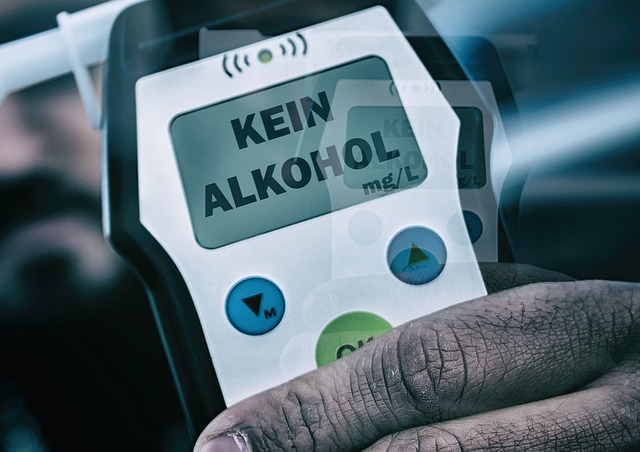Understanding both vehicle safety features like airbags, ABS, and ESC, as well as DUI law, is vital when facing a DUI charge and subsequent vehicle impoundment. These safety systems can impact fault determination and liability in accidents. To retrieve your car, prove it meets safety standards by demonstrating functional active crash prevention, secure locks, and well-maintained brakes, backed up with service records. This ensures compliance with both vehicle safety features and DUI laws, potentially leading to favorable court outcomes.
In many jurisdictions, a DUI (driving under the influence) arrest can lead to the impoundment of your vehicle. Understanding both the DUI laws and the implications of this impoundment is crucial for ensuring the safety of your vehicle and minimizing legal repercussions. This article delves into these aspects, offering a comprehensive overview. We explore how vehicle safety features can play a role in DUI cases and provide strategic advice on securing release from impoundment, with a focus on navigating the intersection of Vehicle Safety Features and DUI Law.
- Understanding Impounded Vehicles and DUI Laws: A Comprehensive Overview
- The Role of Vehicle Safety Features in DUI Cases
- Strategies for Securing Release from DUI-Related Vehicle Impoundment
Understanding Impounded Vehicles and DUI Laws: A Comprehensive Overview

When a vehicle is impounded due to a Driving Under the Influence (DUI) offense, it’s essential to grasp both the vehicle safety features and the applicable DUI law. Impounded vehicles often have advanced safety features designed to prevent accidents and protect occupants. These include airbag systems, anti-lock braking systems (ABS), electronic stability control (ESC), and lane departure warning systems. Understanding these features can help owners navigate the process of retrieving their vehicles, ensuring they meet safety standards.
On the legal front, DUI laws vary by jurisdiction but generally involve strict penalties for operating a vehicle while impaired. Impounded vehicles must comply with specific safety regulations before release, which often includes inspections to verify that all safety features are functional and up to code. This comprehensive overview highlights the interplay between vehicle technology aimed at enhancing safety and the legal framework surrounding DUI cases.
The Role of Vehicle Safety Features in DUI Cases

In the context of DUI (Driving Under the Influence) cases, vehicle safety features play a pivotal role in determining the outcome for those involved. Modern vehicles are equipped with various advanced safety systems designed to protect occupants and other road users. These features, such as anti-lock braking systems (ABS), electronic stability control (ESC), and airbags, can significantly mitigate injuries during accidents, which is crucial when assessing fault and liability.
When addressing DUI charges, understanding the interaction between an individual’s vehicle safety features and their behavior while intoxicated is essential. For instance, a vehicle with superior safety ratings might be less damaged in an accident caused by a drunk driver, suggesting that the driver’s impairment was not the sole cause. Conversely, a lack of proper safety equipment could indicate negligence or a failure to take necessary precautions, potentially impacting the defense strategy in DUI-related cases involving vehicle impoundment and release.
Strategies for Securing Release from DUI-Related Vehicle Impoundment

When facing vehicle impoundment due to a DUI charge, securing release can be a complex process, but there are strategies to navigate this challenging situation. One key approach is to demonstrate that your vehicle poses no immediate safety risks or hazards. This involves ensuring all safety features are intact and operational, such as active crash prevention systems, secure child safety locks, and well-maintained brakes. A well-maintained vehicle not only increases the chances of release but also shows a commitment to responsible driving practices, which can be favorable in court proceedings related to DUI laws.
Additionally, having documentation supporting the proper maintenance and security of your vehicle can be invaluable. This includes service records, inspections, and any proof of recent safety upgrades or modifications. By presenting this information, you can argue that impounding your vehicle is unnecessary as it does not impede law enforcement efforts or pose a risk to public safety in accordance with DUI laws.
Understanding the interplay between vehicle safety features and DUI laws is key to navigating the complex process of securing the release of impounded vehicles. By employing strategies that emphasize responsible driving practices and knowledge of one’s rights, individuals facing DUI-related impoundments can work towards a swift resolution. This article has provided valuable insights into these areas, offering practical guidance for those aiming to reclaim their vehicles while adhering to strict legal parameters.






